Android Auto is entering a new era of in-car innovation. Google’s latest update introduces a game-changing feature that allows apps to have a permanent place on your car’s dashboard. This marks one of the biggest shifts in the platform’s design since its debut — a move that aims to make driving more personalized, connected, and intelligent while keeping safety at the forefront.
A Dashboard Designed Around You
Until recently, Android Auto provided drivers with a fixed interface. The screen would typically show a navigation panel, music controls, and limited notifications. While functional, it lacked flexibility. Google’s upcoming upgrade changes this with a more modular dashboard layout, allowing drivers to choose what they see and where they see it.
The update will introduce a new “widget zone,” a space where compatible apps can display live information. These widgets won’t just show static data — they’ll provide glanceable, real-time updates. Drivers might see the current weather, calendar appointments, upcoming navigation details, or even home automation status.
This innovation aims to give every driver a sense of control over their car’s digital environment. Whether it’s a busy commuter who needs quick access to traffic alerts or an electric vehicle owner monitoring battery status, Android Auto’s flexibility adapts to different lifestyles and needs.
Seamless Integration Between Phone and Vehicle
Google has designed the new Android Auto system to work in harmony with the user’s smartphone. Instead of adjusting settings directly from the car’s touchscreen — which could be distracting — users will configure their dashboard layout through the Android Auto companion app on their phone.
This ensures that personalization happens safely and conveniently before the trip begins. Once configured, the selected widgets automatically appear in the car’s dashboard when Android Auto launches.
The design continues to prioritize hands-free interaction through Google Assistant. Voice commands will remain a central part of the experience, allowing drivers to interact with widgets without touching the screen.
A Focus on Safety and Simplicity
While customization is at the heart of this update, Google is careful not to compromise on safety. Every new feature introduced in Android Auto must comply with stringent automotive interface standards. The new widget layout is structured to minimize distraction and maintain a clear hierarchy — with navigation and essential driving information remaining dominant.
Widgets will occupy only a limited portion of the display, ensuring that they enhance rather than overwhelm the core driving tools. The idea is to provide convenience without clutter, and assistance without unnecessary complexity.
Enhanced Driving Experience
The impact of this change could be substantial for everyday users. Imagine glancing at your dashboard and instantly seeing:
- Real-time weather conditions, helping you prepare for changing roads.
- Upcoming meetings or calendar events, reminding you of your next stop.
- Music or podcast controls, allowing smooth playback transitions.
- Smart home status, showing if your lights are off or doors are locked.
- Battery or fuel efficiency data, giving insight into vehicle performance.
For frequent travelers, Android Auto could even offer contextual suggestions — like notifying you of nearby rest stops or gas stations when fuel levels run low.
This type of data integration reflects Google’s growing ambition to turn Android Auto into a true “mobility assistant” rather than a simple screen-mirroring tool.
Competing With Apple and Innovating Beyond
The move also strengthens Google’s position against Apple’s CarPlay, which has been expanding its dashboard customization options. By offering a richer and more flexible design, Android Auto aims to appeal to a broader audience, including tech-savvy drivers who value personalization and connectivity.
Moreover, this update benefits car manufacturers. Automakers can collaborate with Google to develop branded widgets that align with their vehicles’ features — such as performance metrics, maintenance reminders, or proprietary infotainment tools. This collaboration could result in more cohesive, brand-specific experiences within Android-powered dashboards.
What Developers Can Expect
For app developers, the update represents an opportunity to extend their mobile experiences into cars. Google is encouraging developers to create widget-compatible apps optimized for in-car display rules. This opens up possibilities for new categories — from navigation add-ons and communication tools to lifestyle apps that complement on-the-road routines.
However, developers will need to meet strict safety and design criteria. Each widget must be simple, visually balanced, and capable of delivering essential information at a glance. The challenge lies in striking the right balance between usefulness and minimalism.
The Road Ahead for Android Auto
Though Google hasn’t announced a specific rollout date for this major update, it’s expected to reach users gradually through software updates in the coming months. Beta testing has already begun, with early users reporting smoother transitions between apps, faster system responses, and an overall cleaner design.
This transformation also aligns with Google’s long-term vision for smart mobility. As vehicles become more connected and autonomous, infotainment systems like Android Auto are evolving into central command hubs that bridge the gap between driver, vehicle, and digital ecosystem.
Final Thoughts
The upcoming version of Android Auto represents a leap forward in both technology and philosophy. By letting drivers personalize their dashboard, Google is acknowledging a growing demand for flexibility and individuality in the driving experience.
This isn’t just about convenience — it’s about connection. It’s about giving drivers the tools to shape their journeys, manage their digital lives, and stay informed safely.
As cars continue to evolve into intelligent, data-driven machines, Android Auto’s new widget dashboard could mark a turning point — transforming vehicles from passive transporters into active digital companions.

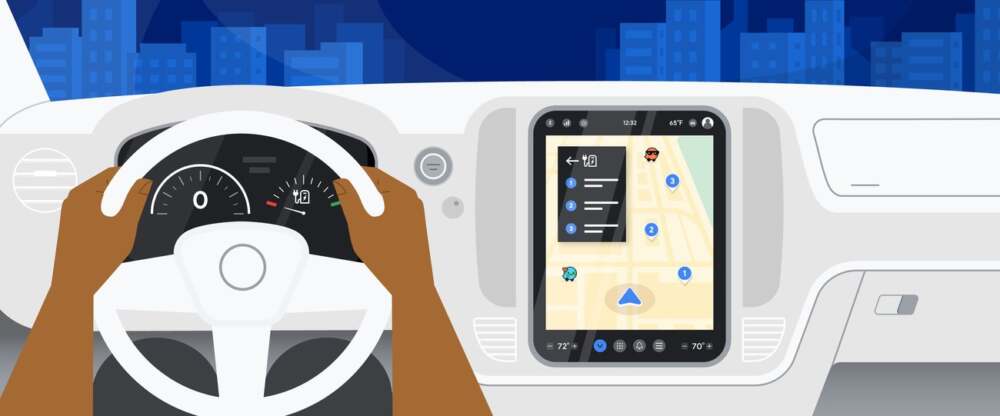



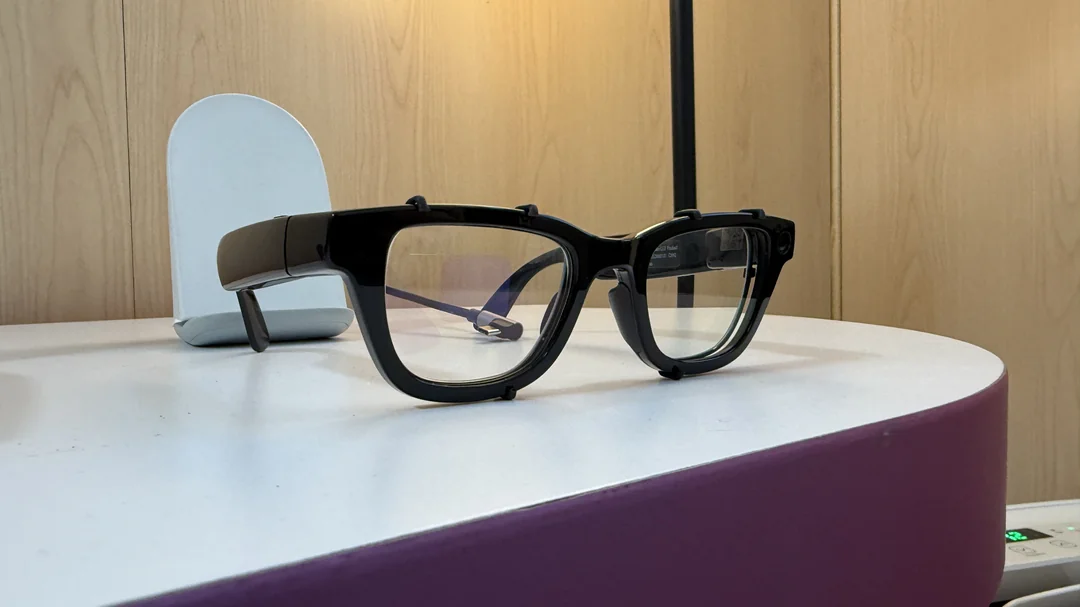

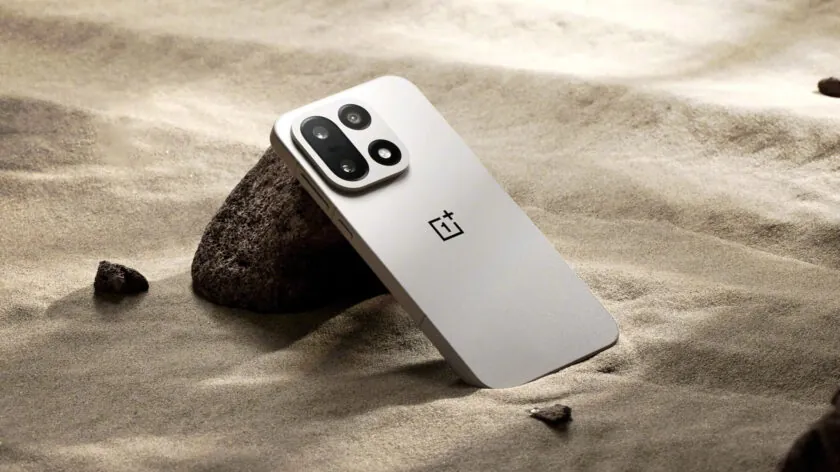
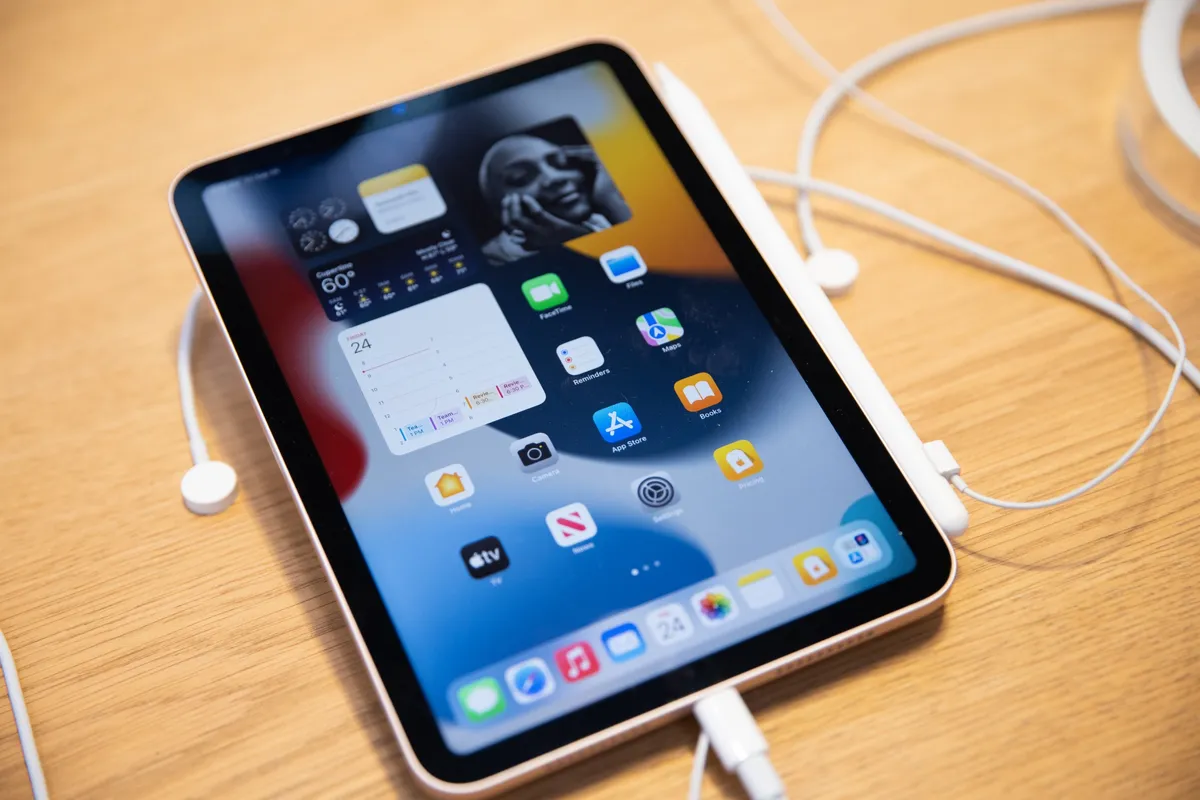
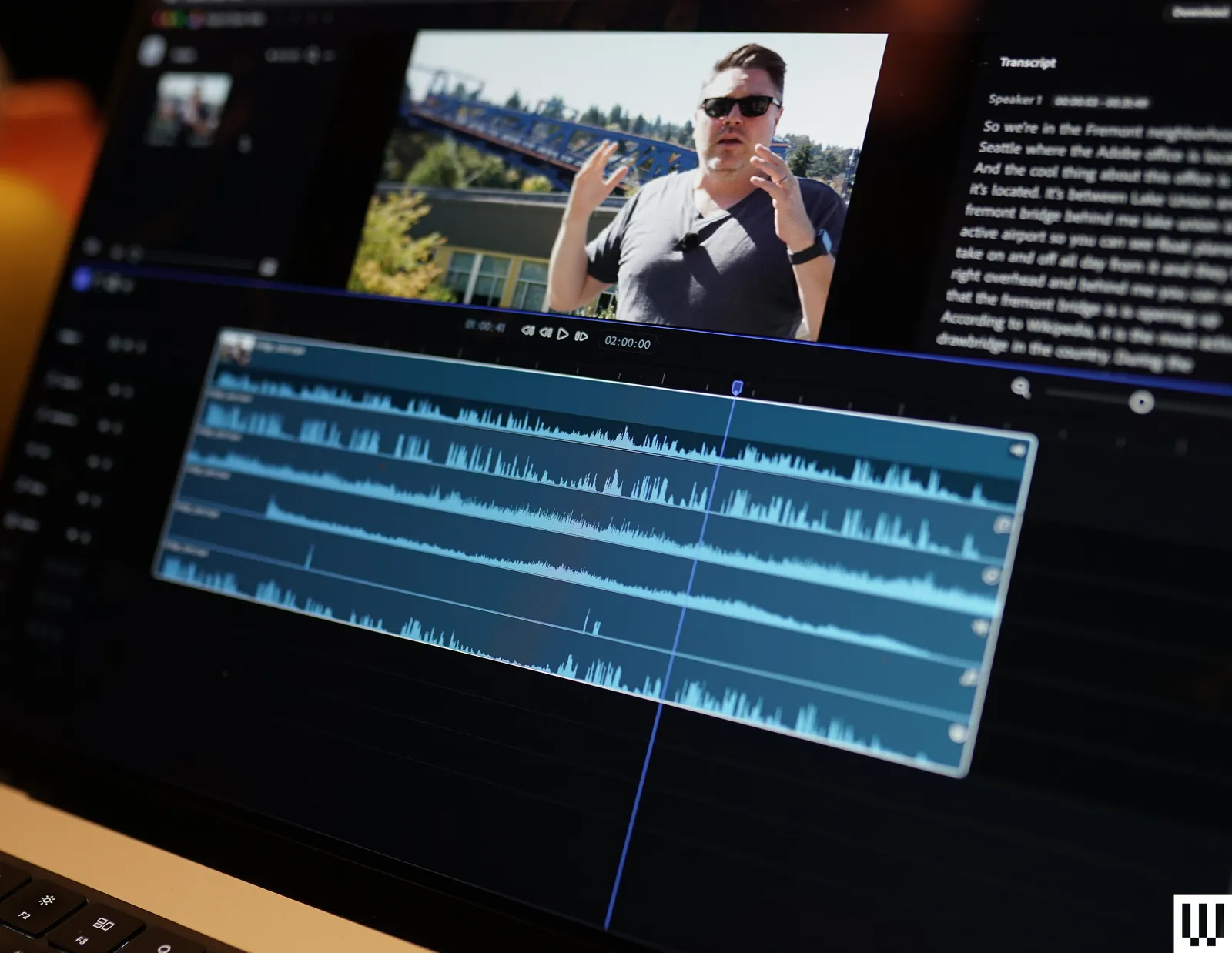
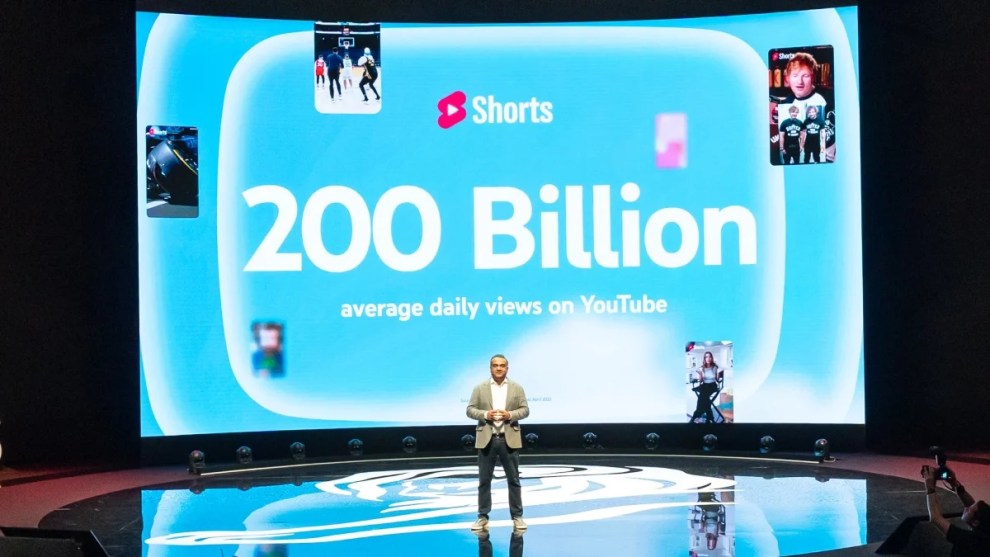
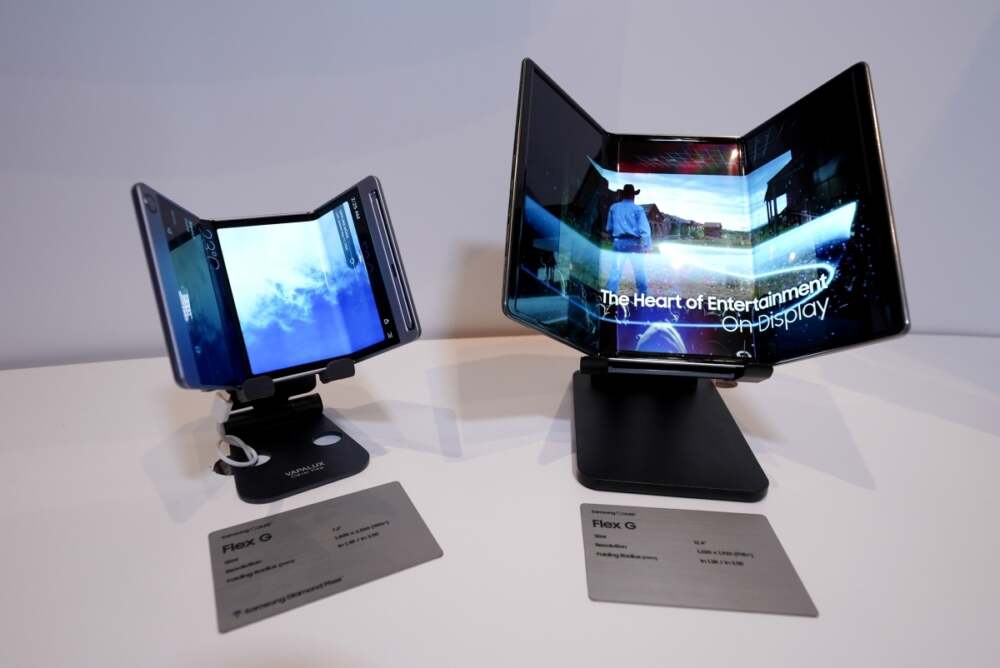


Leave a Reply